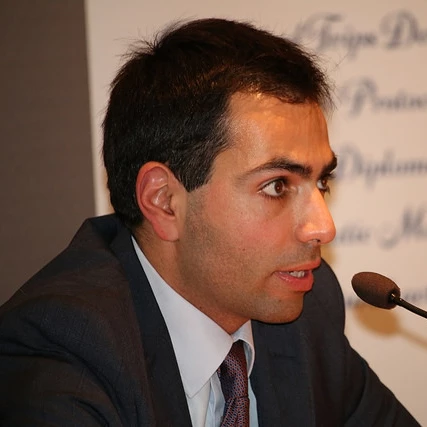 Flood protection built under the World Bank's Metro Manila Flood Management Project.
Flood protection built under the World Bank's Metro Manila Flood Management Project.
The Metro Manila Flood Management Project (MMFMP) is part of a master plan of interventions to improve flood management in selected areas of Metro Manila. It seeks to rehabilitate worn-out pumping stations in key areas of the metropolis to minimize the disruption that flooding brings to livelihoods and schooling, and minimize impacts on health and mortality. It is one of the most complex projects developed in the Philippines for funding under the World Bank. To manage the risks, MMFMP introduced several innovations, including making relocation of 600 informal settler families (ISFs) living close to more than 50 pumping stations a key component of the Project. Resettlement of ISFs overlapped with Oplan Likas, the country’s massive relocation program for over 100,000 ISFs living in danger zones, making this one of the most complex projects prepared for the Philippines.
To manage social risks, the Project introduced three innovations: (i) Establish three cut-off dates for eligibility to entitlements, (ii) define a technical footprint area for resettlement to allow the pumping stations to work at maximum capacity, and (iii) create a dedicated component for resettlement and housing. This resolved flooding issues and improved the lives of project-affected people.
Edwina Tigue and Romeo Librao and their immediate families are two early beneficiaries of the Participatory Housing and Resettlement component. They are among 229 ISFs living in the technical footprint of Vitas pumping station in Manila. Their living conditions in Vitas typify the unsanitary, destitute, and nearly inhumane state of all urban ISFs residing in waterways. With the partnership of the Department of Public Works and Highways (DPWH) and the National Housing Authority (NHA), they were relocated to Summer Homes, Barangay Cabuco, Trece Martires, Cavite. NHA has been building resettlement sites like these within Metro Manila and nearby provinces as part of Oplan Likas yet the journey to the resettlement site was made arduous by the Government’s verification process. The Project is correcting this by applying the policy provisions in the Resettlement Policy Framework that all who fall within the cut-off date and the technical footprint are eligible for assistance.
Aling Bebe Tigue exemplifies a houseowner’s pride
Edwina Tigue or “Aling Bebe” and her family lived in a tiny makeshift home under the bridge a few meters from the Vitas pumping station. For 45 years, she had to endure the nauseating smell of the black waters filled with garbage. She particularly feared the rainy season because of flooding and the need to always evacuate at the top of the bridge. “Mahirap ang buhay doon (life is difficult there)” she explained.
While conducting a site visit, the World Bank team, including the regional director Benoit Bosquet, came across Aling Bebe selling her homecooked rice meals, and they started chatting about her latest livelihood plans to support her family.
Two days later, the team visited the resettlement site in Cavite to verify if the physical relocation did take place. The team found Aling Bebe in one of the rows of houses with a small market stall. She said she was very happy to have moved to a bigger, sturdier house that allowed her to continue with her business. As legitimate beneficiaries of government housing, she feels proud that they are no longer ISFs. More importantly, she and her family need not fear for their lives anymore during the typhoon season.
Tatay Romeo Librao enjoys improved health
The story of Romeo Librao, 66, is the story of many rural folks who come to Metro Manila to make their lives better but ended up becoming part of the urban poor. Tatay (father) Romeo, his wife, Librada, and their three children made the journey from Samar to Manila in 1984 after all their crops died from drought. They sought permission to put up a shanty from the people supervising the bridge who, in turn, took pity on them.
Tatay Romeo moved from job to job to sustain his wife and growing family of nine children. He sold ice cream, did construction work, and drove a tricycle until his stroke in May 2017. The family took over and cared for the patriarch but because of the unsanitary conditions in Vitas, he remained frail and thin.
However, several months after the family’s relocation in Cavite, Tatay Romeo’s health and general demeanor have greatly improved. His cleaner environment that is now free of garbage and toxic fumes contributed a lot to restoring his well-being. His home has also been especially constructed with a ramp to accommodate his wheelchair. When asked if he likes his new house and neighborhood, he responded with a huge smile and tears of joy.
The Metro Manila Flood Management Project continues to partner with NHA, local government units, and the newly established Department of Human Settlements and Urban Development (DHSUD) to ensure the relocation of the remaining ISFs under the Project who await to have their lives and living conditions improved.
Related Links:
Climate Stories: More Effective Flood Management in the Philippines
Climate Change Knowledge Portal: Philippines
Managing floods for inclusive and resilient development in Metro Manila
Floods and Droughts: An EPIC Response to These Hazards in the Era of Climate Change








Join the Conversation